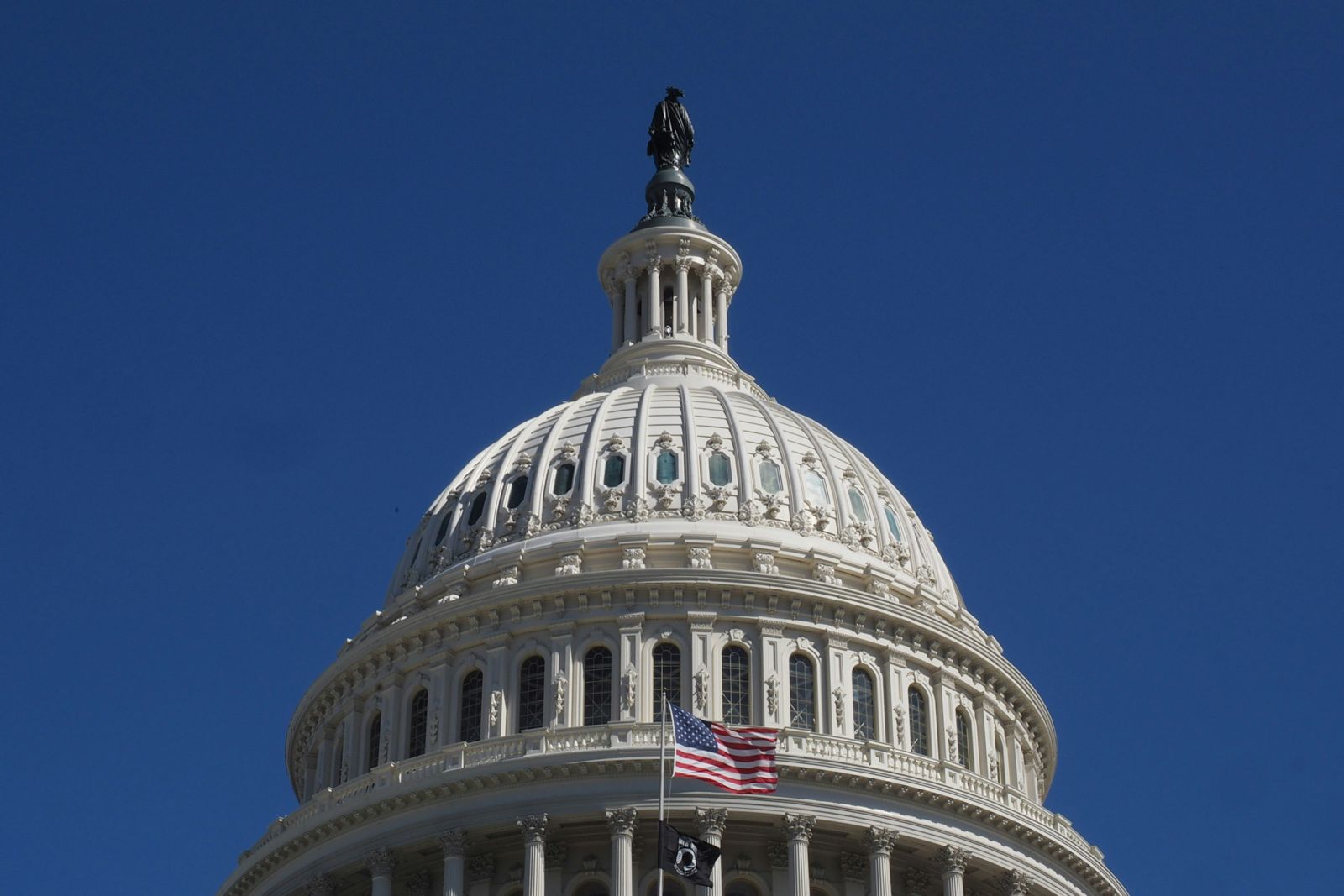-
Senate Proposes Art Market Integrity Act
08/04/2025
 Recently introduced in the Senate, the Art Market Integrity Act seeks to enhance transparency in the art market by subjecting high-value and international transactions to anti-money laundering (AML) and counter-terrorism financing (CTF) regulations. The bill is intended to address concerns that some are exploiting the art market for illicit financial activity. If passed, the Act could have significant implications for participants in large cross-border art deals.
Recently introduced in the Senate, the Art Market Integrity Act seeks to enhance transparency in the art market by subjecting high-value and international transactions to anti-money laundering (AML) and counter-terrorism financing (CTF) regulations. The bill is intended to address concerns that some are exploiting the art market for illicit financial activity. If passed, the Act could have significant implications for participants in large cross-border art deals.
Regulatory Asymmetry in the Global Art Trade
The United States accounts for over 40% of the world’s art sales, making it the largest art market in the world. But despite its global importance, the U.S. art market has, until now, largely escaped regulatory scrutiny and remains one of the few major jurisdictions where art dealers and auction houses are not yet bound by AML/CTF compliance obligations under the Bank Secrecy Act. And this, some policymakers believe, makes it a prime target for bad actors seeking to launder money, dodge sanctions, or conceal assets. In contrast, jurisdictions like the United Kingdom, European Union, Switzerland, and China have already implemented AML protocols for art market participants, from identity checks to transaction monitoring and recordkeeping.
Applicability, Exemptions, and Enforcement
The proposed Act would define “art” narrowly to include “any original painting, sculpture, watercolor, print, drawing, photograph, installation art, or video art”; and it excludes other forms like “product design, fashion design, architectural design, or interior design; or mass-produced decorative art, including ceramics, textiles, or carpets.” The Act does not address furniture or antiques.
The legislation casts a wide net, applying to galleries, auction houses, dealers, collectors, consultants, art advisors, custodians, and even museums—essentially anyone engaged in the sale of art as a business or acting as an intermediary in the sale of art as part of a business. But the Act would not cover (i) artists selling their own work; (ii) individuals or businesses with less than $50,000 annual sales and no single sale over $10,000; and (iii) non-profit organizations.
If enacted, the Art Market Integrity Act would require art dealers, auction houses, and other covered participants to verify client identities, monitor high-value transactions, report suspicious activity, and maintain proper records. The U.S. Treasury Department would be responsible for oversight, implementing regulations and enforcing penalties for non-compliance.
Existing International Models
This proposal mirrors current frameworks abroad. Since 2020, the EU’s Fifth AML Directive has required art businesses to verify clients, report suspicious behavior, and retain records for high-value transactions (€10,000+). In May 2024, the Sixth AML Directive and Single Rulebook Regulation expanded these rules, introducing centralized enforcement through the EU’s new AML Authority (AMLA), set to begin operations in July 2025.
Alongside these measures, the EU has recently put Regulation 2019/880 into effect, aimed at curbing the illicit trade in cultural property. The regulation requires art dealers and auction houses to submit comprehensive provenance documentation for cultural goods over 200 years old imported from outside the EU and valued above €18,000, with even stricter requirements for objects older than 250 years.
Meanwhile, the U.K., despite its departure from the EU, maintains a similar regime through His Majesty’s Revenue and Customs (HMRC), with robust enforcement, growing penalties, and special scrutiny on foreign dealers participating in U.K. art fairs.
Looking Ahead
Though the bipartisan bill is unlikely to proceed until Congress reconvenes after the August recess, its introduction signals a growing consensus that the art market must be brought under the global financial regulatory umbrella. We will continue to monitor any legislative developments.
Photo by Shino Nakamura on Unsplash
Art Law Blog
